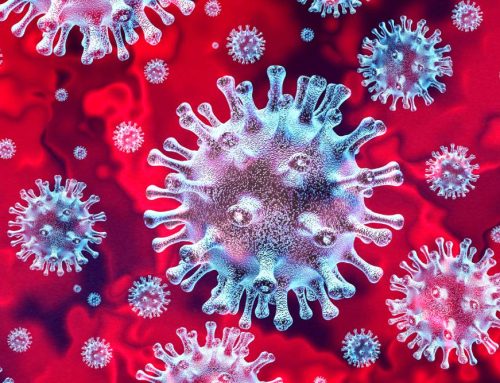With seasonal changes in weather, it can be common for elderly dogs and cats to suffer some discomfort from old joints and sore muscles. Pain in animals, however, can sometimes be difficult to notice. It’s in the nature of both the feline and the canine species to hide pain until it can no longer be suppressed. But there are signs that we can look for that signal that our furry friends need some relief.
Aggression – Just as humans are more likely to snap at those we care about when we’re hurting, animals are more likely to bite or scratch when they’re in pain. This can apply to even the most biddable, easy-going pets around!
Change in breathing and heart rate – Pets experiencing pain may pant or simply have a faster or more shallow breath rate than normal. An increased heart rate is also common, particularly if a painful area is used, manipulated or touched.
Change in activity level – Dogs in pain will often lie around more than normal. This is also true for cats. Others may be unable to “settle” and have difficulty finding a comfortable position. You may also notice that they move more slowly than normal or that their posture may have changed. For instance, their back may be sunken or their tail may be tucked between their legs. Pets that are normally very active may avoid jumping and running – or they may climb slowly instead of bounding up the stairs. It is very common for cats to hide when experiencing pain. In addition, pets in pain will often spend less time grooming themselves and consequently, you may notice a change in the appearance of their haircoat.
Change in eating, drinking and bathroom habits – Pets in pain often eat and drink less than they do normally. This may be because pain is interfering with their desire to eat or it may simply be too painful to lean down to partake from their bowls on the floor. In addition, pets in pain may have trouble going to the bathroom because it hurts to crouch. In cats, this can sometimes manifest as urinating/pooping outside of the box because it’s painful to actually get into their boxes. It doesn’t help that pain can also cause constipation, which complicates the issue!
Eye changes – In animals, eyes can be a good indicator of pain. Just as in humans, cats and dogs in pain will often squint. Their pupils may also dilate with pain.
Increase in purring – Don’t mistake a purr as a sign of contentment in a cat that is showing any of the previously listed signs of pain. Interestingly enough, cats may purr more when they are a pain. Research suggests that the low frequency of a cat purr actually helps cats to heal or to more successfully deal with pain.
In order to accurately notice changes in your pet’s behavior and physical appearance you must first be able to describe your pet’s “normal”. This means keeping mental or written track of your pet’s normal sleep patterns, energy level, food and water intake, bathroom habits, playfulness, and overall attitude. These observations become more and more important as your pet ages. The disease is much more readily managed when caught in the early stages.
If you believe your pet may be showing signs of pain please feel free to contact us at Animal Care Clinic. Pain is not a natural part of aging in our furry friends. We have the tools you need to help your pet grow old gracefully…and pain-free!
Photo by Bruno Cervera from Pexels







Leave A Comment